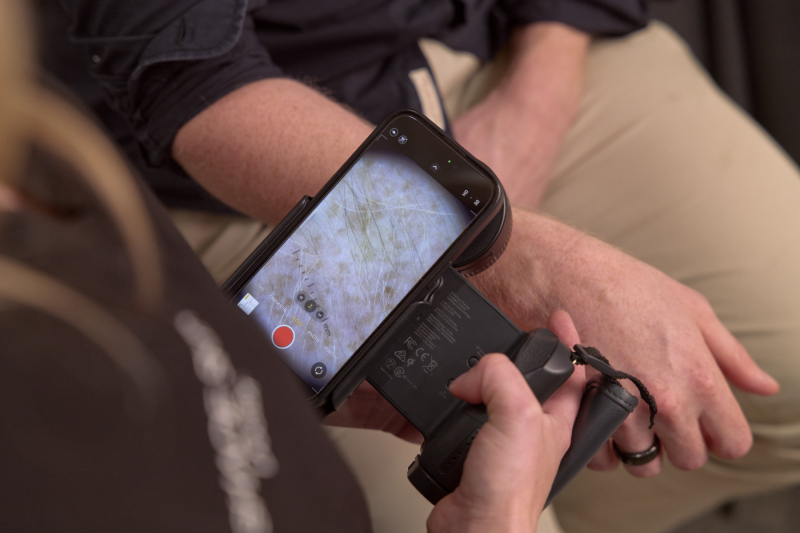Healing from traumatic experiences can be challenging, often requiring innovative approaches that go beyond traditional therapies. Eye Movement Desensitisation and Reprocessing (EMDR) is a revolutionary technique gaining traction for its effectiveness in addressing trauma and various emotional struggles. In this blog post, we’ll delve into what EMDR is, explore how it works, and provide insights into what a session might look like.
All our psychologists at Headway are trained in EMDR and can offer this therapeutic approach to our clients.
What is EMDR?
EMDR is a comprehensive therapeutic approach designed to alleviate distressing symptoms associated with traumatic experiences, phobias, and other emotional challenges. The heart of EMDR lies in desensitising the emotional charge associated with distressing memories. This is achieved through bilateral stimulation, such as guided eye movements, which can help your brain reprocess these memories. By reprocessing distressing memories and strengthening adaptive beliefs, EMDR empowers individuals to overcome emotional hurdles and regain control over their lives.
How does it work?
EMDR’s effectiveness can be attributed to the Adaptive Information Processing (AIP) model. This model posits that traumatic experiences, when not adequately processed, remain “stuck” in the brain, triggering distressing symptoms. These can sometimes include flashbacks, nightmares, and hypervigilance (being ‘on guard’). EMDR can facilitate the reprocessing of these memories, enabling the brain to adaptively integrate them and store them differently in our memory. This can result in reduced distress and improved emotional well-being.
EMDR has been shown to be one of the most effective treatments available for post-traumatic stress disorder (PTSD), with research showing that approximately 80% of people will no longer meet the criteria for PTSD after EMDR. Most people will even start noticing a reduction in their symptoms after only two 90-minute EMDR sessions. However, this does vary from person to person.
Process of EMDR
EMDR sessions must take place in a secure, non-judgemental space. Having a supportive and trusting relationship with your psychologist is important. During EMDR sessions, you will be guided through a structured process:
- Preparation: Your psychologist will work with you to identify the target memories or experiences that evoke distress. Thorough preparation ensures you’re ready to engage in the EMDR process.
-
Dual Attention Stimulation: As you recall the target memory, your psychologist will engage you in bilateral stimulation, typically through guided, side-to-side eye movements. This process is believed to facilitate the reprocessing of the memory. It is important that your psychologist sits quite closely with you during this process.
-
Cognitive Reframing: As your brain reprocesses the memory, your psychologist will help you replace negative beliefs associated with the memory with positive and adaptive thoughts.
-
Distress Rating: Throughout the process, you’ll rate your distress level. As the sessions progress, you may notice a reduction in distress associated with the target memory.
-
Closure and Reflection: Each session concludes with a calming exercise to ensure you’re in a stable emotional state. You’ll have the opportunity to reflect on any insights or emotions that arose during the session.
EMDR has proven effective in treating trauma, anxiety, phobias, and a range of emotional difficulties. Our psychologists will work with you to first decide whether an EMDR approach is suitable for you, and if so, EMDR sessions will be tailored to your unique needs.
If you would like to make an appointment with one of our psychologists, all of whom are EMDR-trained, please email us at referrals@headwaypsych.com.au or phone us on (08) 9226 4489.



